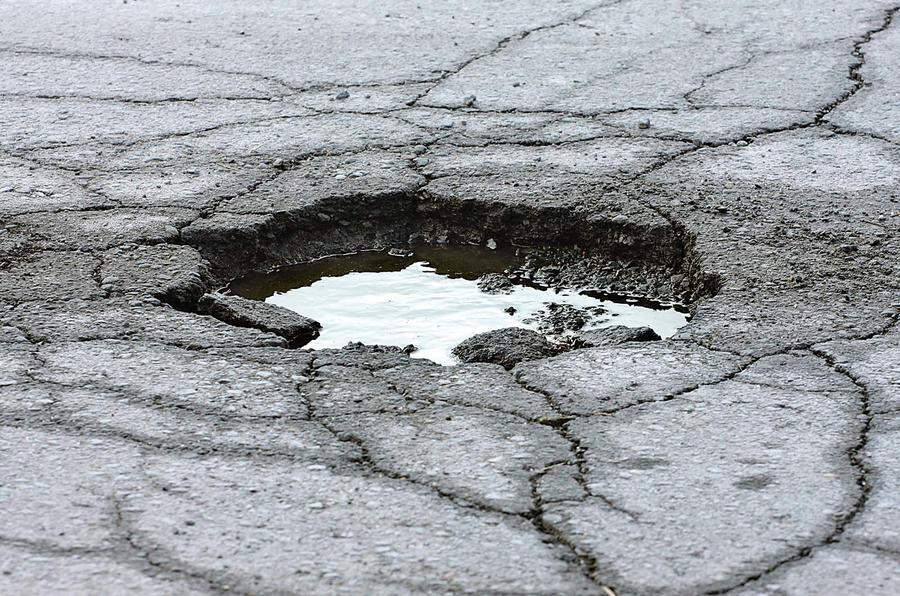In the past 12 months, local councils have spent only a fraction of the millions of pounds given to them to repair potholes, as the amount of money required to repair roads reaches a record high.
In 2020, the government created the Potholes Fund, which each year until 2025 would award £500 million to councils across England to enable them to fix an estimated 50 million potholes.
But according to the latest Annual Local Authority Road Maintenance (Alarm) survey of local authorities by the Asphalt Industry Alliance (AIA), English and Welsh councils spent just £143.5m filling potholes in the past 12 months – at a time when the numbers of potholes and of vehicles being damaged by them have rarely been higher.
The report also found that more than half of the local road network in England and Wales has less than 15 years’ structural life remaining, while the amount needed to fix the backlog of carriageway repairs has increased to a record high of £16.3bn.
The news won’t come as a surprise to members of the All-Party Parliamentary Group for Better Roads. In their most recent report, the MPs criticised the fact that the money in the Potholes Fund wasn’t ring-fenced, with councils free to spend it as they wished.

This contrasts with the Fund’s predecessor, the £296m Pothole Action Fund that covered the period 2015 to 2020, which was provided only for roads maintenance.
As a result, said the MPs, the number of potholes fell by 44% during that scheme’s existence – from 2.38m in 2015 to 1.34m in 2020.
Whereas the Pothole Action Fund had “clear and measurable aims”, the current Potholes Fund isn’t targeted specifically at local roads maintenance, which makes its spending harder to track, said the MPs.
At the same time, overall government funding for local road maintenance has fallen.
The MPs’ fear that insufficient attention is being paid to road maintenance is borne out by the latest Alarm survey, which reports that just 47% of roads are now classified as being in good condition, compared with 51% in 2023, itself down on 62% in 2022. Ideally it would be 72%, believes the AIA.